AWS
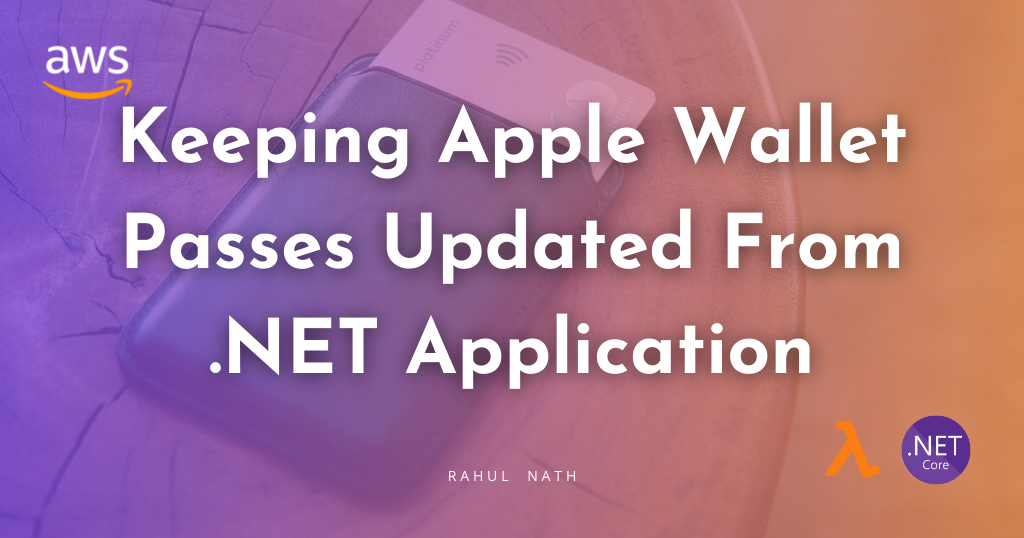
Enhancing User Experience: Push Notifications in .NET for Apple Wallet Pass Updates Paid Members Public
Apple Wallet Passes Passes are dynamic and they reflect real-world state. Information in Apple Wallet passes can be dynamically updated. Learn how to use Apple Push Notification Service and Web Service endpoint to keep Wallet Pass updated.
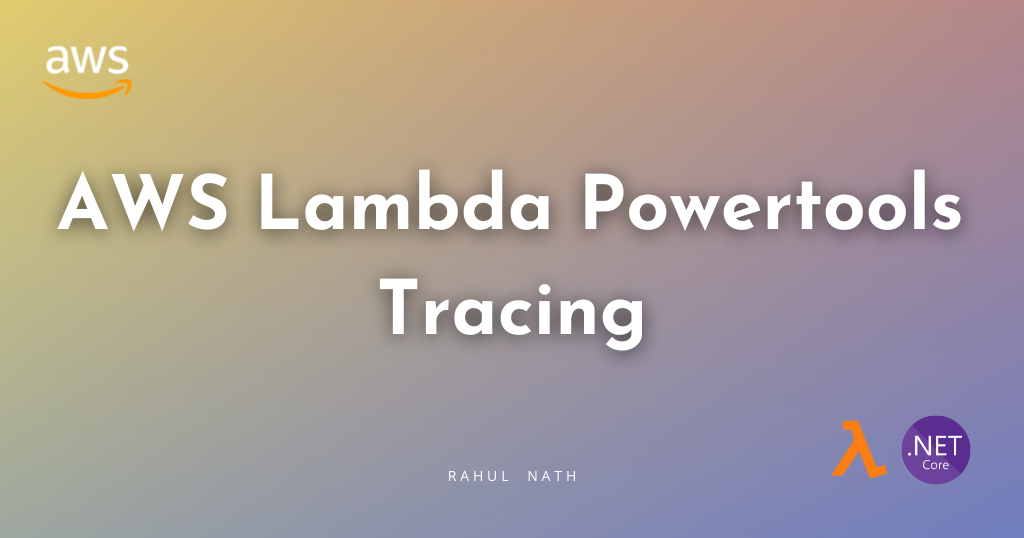
How To Easily Get Started with AWS Lambda Tracing in .NET using Powertools Paid Members Public
Powertools for AWS Lambda (.NET) Tracing, is an opinionated wrapper for AWS X-Ray .NET SDK, aimed to reduce the overhead of performing common tracing tasks. Let’s explore how to easily get started with using the Lambda Powertools Tracing library when building AWS Lambda Functions in .NET.
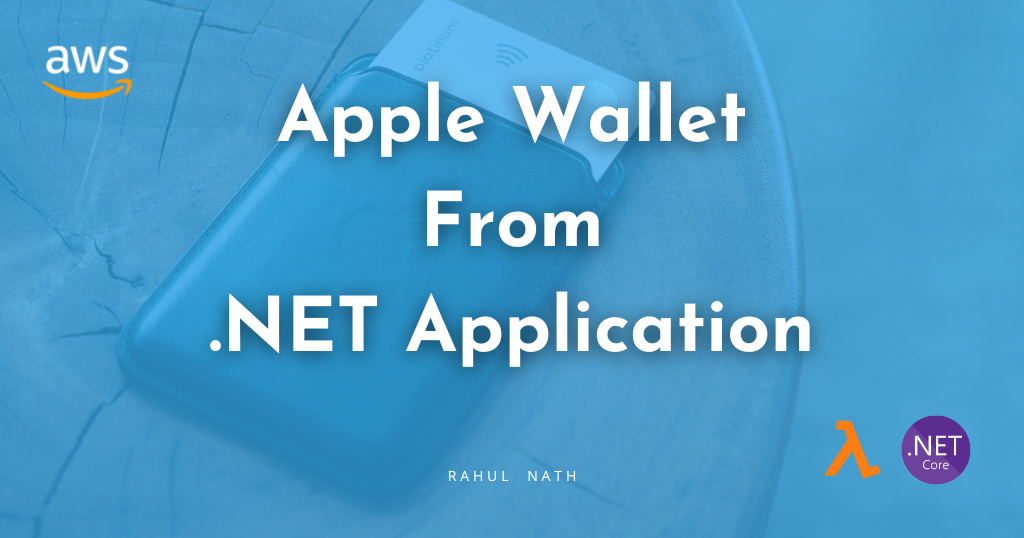
Add to Apple Wallet from Your .NET Application: A Step-by-Step Guide Paid Members Public
The iOS Wallet app allows users to manage payment cards, boarding passes, tickets, gift cards, and other passes. Let's learn how to set up, build, and distribute Apple Wallet passes from a .NET application.
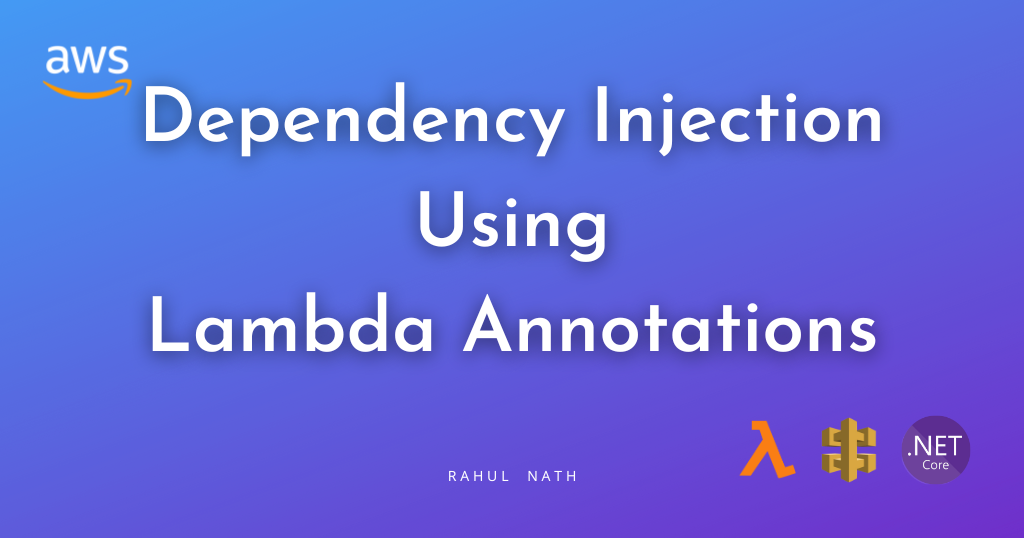
How To Set Up Dependency Injection in Lambda Functions Using Annotations Framework Paid Members Public
Learn how to set up Dependency Injection when building Lambda Functions using the Annotatios framework.
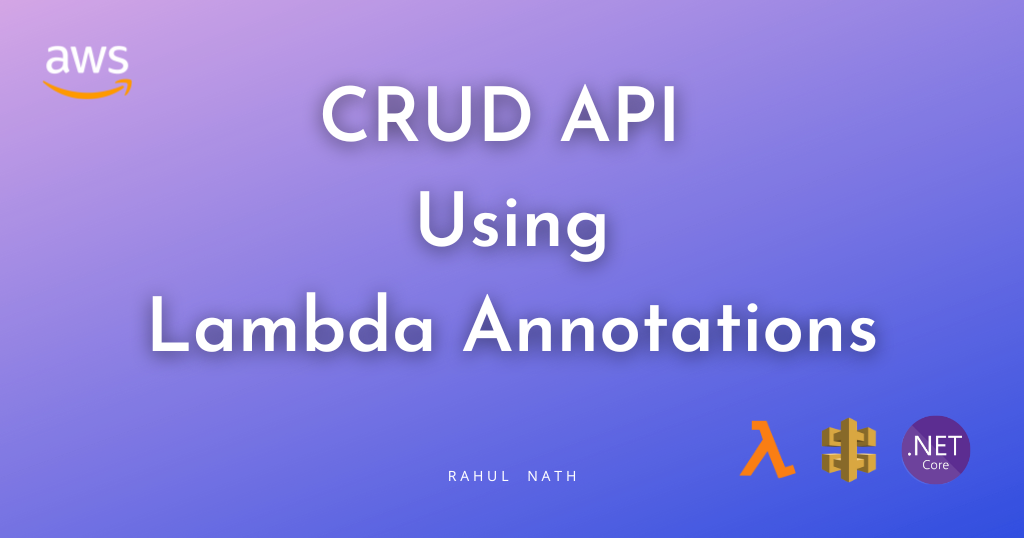
Serverless API Development Made Easy: Using AWS Lambda Annotations for CRUD Paid Members Public
Learn how to create a CRUD API Endpoint using AWS Lambda, API Gateway and the Annotations Framework. See how the Lambda Annotations framework does all the heavy lifting for us, and makes it easier to develop APIs.

Learn How AWS Lambda Annotations Framework Makes API Gateway Integration Easy. Paid Members Public
Let's learn what the Lambda Annotation Framework aims to solve and how it compares with older ways of building Lambda Functions. We will see this through an example of creating a simple API endpoint.
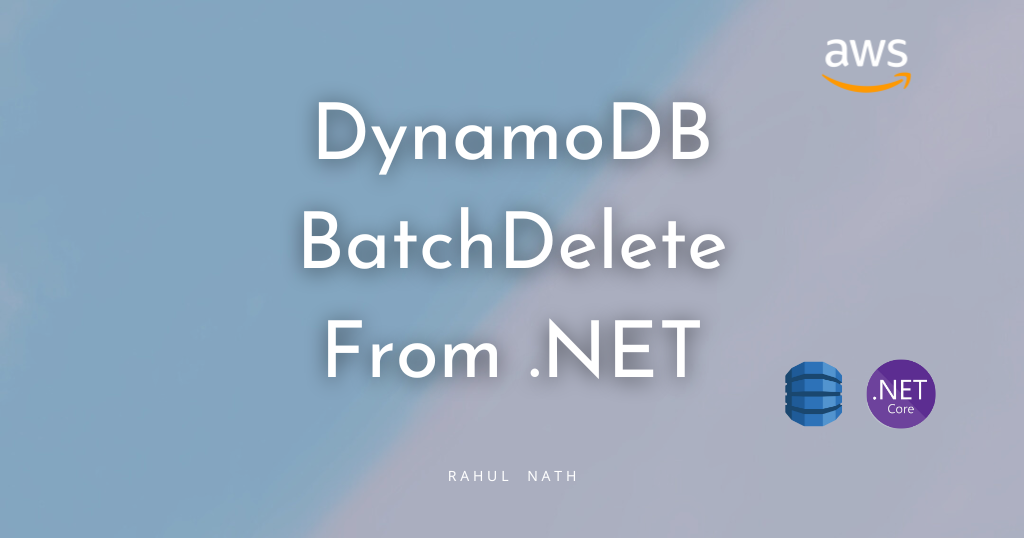
Batch Delete Item Operations In DynamoDB Using .NET Paid Members Public
DynamoDB's batch delete functionality allows deleting multiple items from one or more DynamoDB tables with a single API call. This feature is useful when you're dealing with data cleanup, archiving, or any scenario requiring mass deletion.
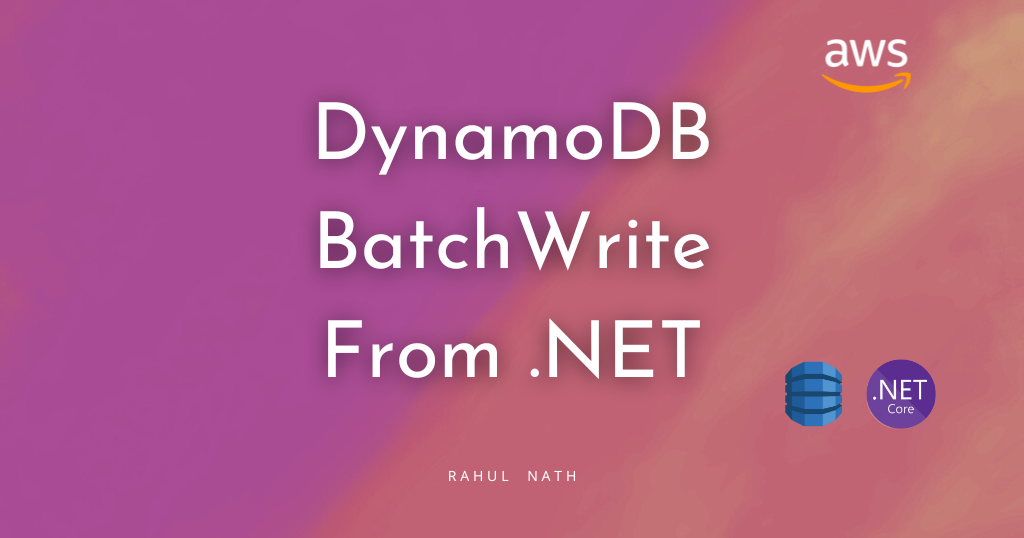
BatchWriteItem Operations In DynamoDB Using .NET Paid Members Public
Amazon DynamoDB's BatchWriteItem functionality allows you to insert multiple items to one or more DynamoDB tables using a single API call. This feature is particularly useful for scenarios involving data ingestion, bulk updates, or data cleanup tasks.